After setting up a Wireguard VPN Server, the next step was of course to use it with my notebook. Even though it’s 2025, I’m (still) running Ubuntu 22.04 for cross-familiy OS compatibility. Even though Wireguard has been around for quite some years now, Ubuntu 22.04 does not come with native Wireguard NetworkManager support. However, the Debian repository contains at least a number of Wireguard command line tools to bring up a connection. So let’s have a look at those.
Continue reading Wireguard – Ubuntu 22.04 ClientUbuntu 24.04, Virtualbox and the GPU
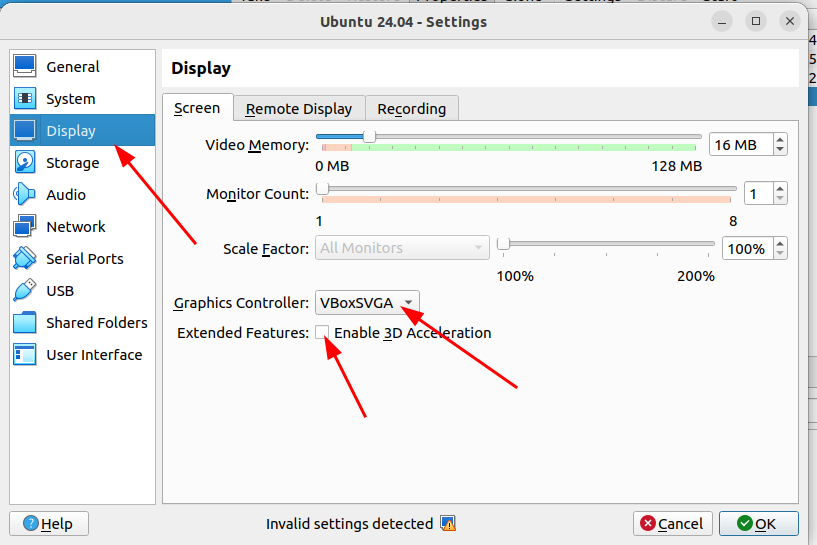
Another 2 years have come and gone and Ubuntu 24.04 has now been the new Long Term Support (LTS) version for half a year. To plan my eventual migration on my notebook, I’ve been installing 24.04 in a VM running on two different Ubuntu 22.04 hosts. It’s good to see that it works, but the default installation settings end up in a frozen screen and some manual tweaking is required.
Continue reading Ubuntu 24.04, Virtualbox and the GPUWireguard – A Server With Docker
My OpenVPN installations are aging a bit and every time I go from one major operating system version on the server to the next, it takes some effort to adapt the installation. As I am coming closer to such a point again, I was wondering if I should rather spend my time on a different approach. In recent years, an interesting alternative has gained popularity: Wireguard. Now that Ubuntu 24.04 Desktop comes with built-in Wireguard client support, I thought I’d have another look and see how much effort would be required setting up a Wireguard VPN server.
Continue reading Wireguard – A Server With DockerStarlink – Research Papers
And just to finish with my Starlink Mini post chain for the moment, here’s a link to a web page at the University of Victoria in Canada, which contains interesting links to research papers on Starlink, interesting maps of gateways, POPs and interconnects. One thing I learned from there, for example, was that Starlink has a global 15 seconds handover scheme, i.e. the network or terminal evaluate once every 15 seconds if a different satellite might provide better service. Well worth a look!
Starlink Mini – Part 4 – Being Ahead of the Cat Videos
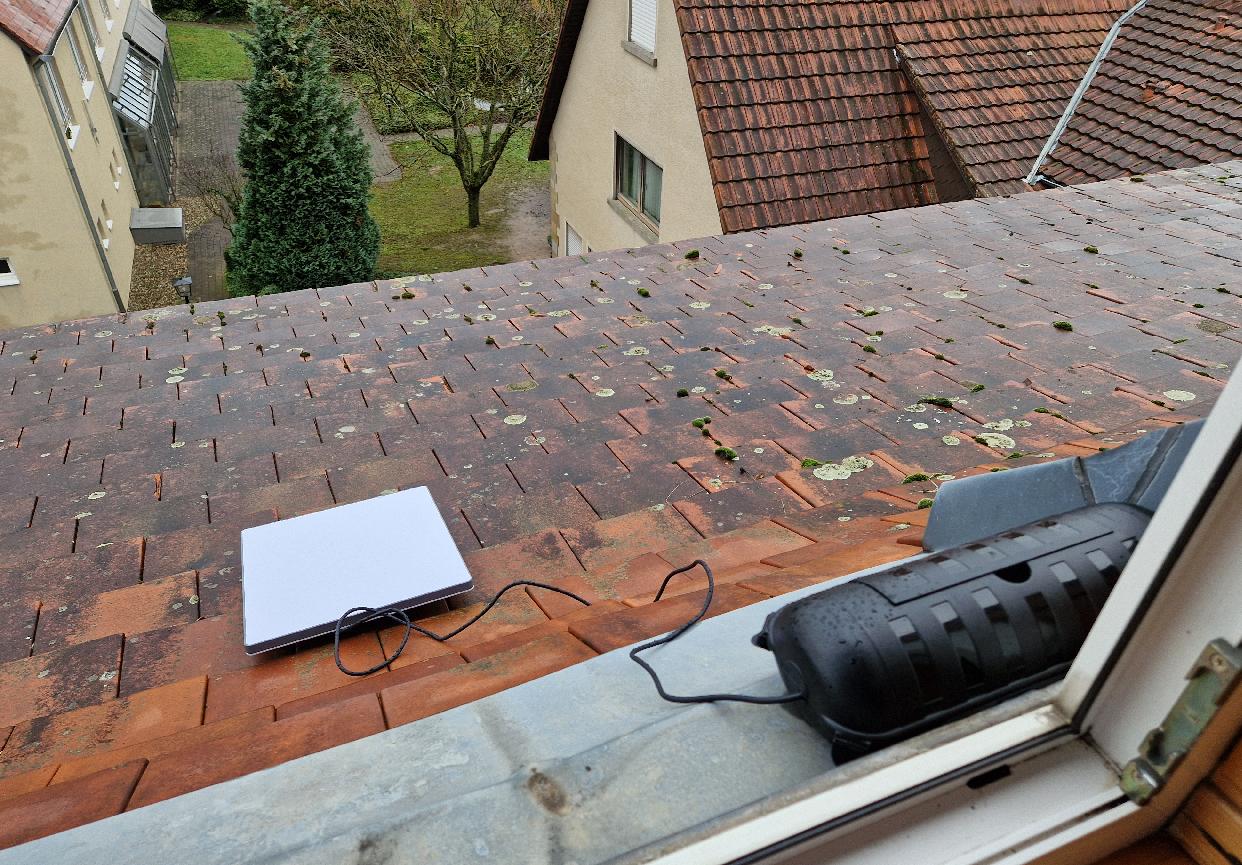
Perhaps a bit of a strange title for this post but when I recently went to the countryside for a long weekend, I took my Starlink Mini along, just in case. And well, I’m happy I brought it along for the ride.
Continue reading Starlink Mini – Part 4 – Being Ahead of the Cat VideosStarlink Mini – Part 3 – Performance and Obstruction
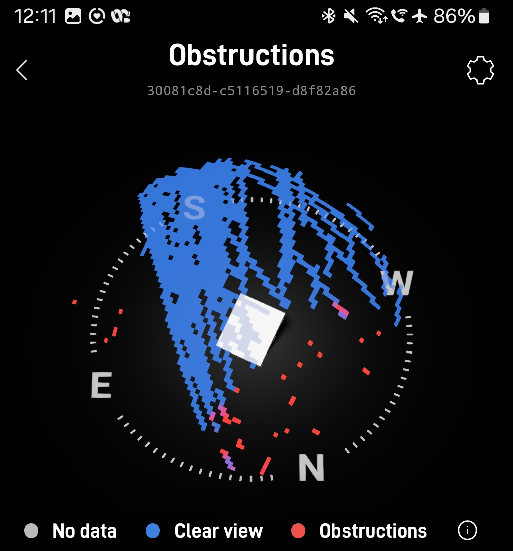
Continued from part 2: With the truly ‘mobile’ Starlink Mini, I set off with my bicycle and also with a car a few days later to try out satellite Internet connectivity in a number of different places. Particularly, I was interested in how obstructions impact connectivity. Like for the big dish, the connectivity equation is actually quite simple: At least half the sky must be visible and unobstructed, and trees are the natural enemy.
Continue reading Starlink Mini – Part 3 – Performance and ObstructionStarlink Mini – Part 2 – Power and Performance
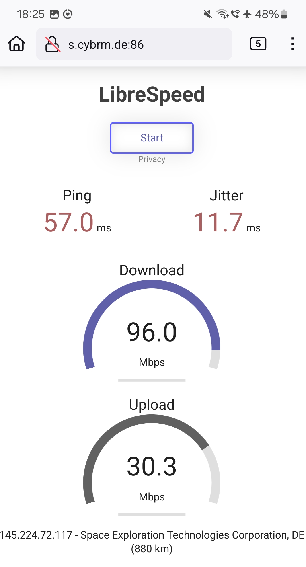
Once having made the decision to order a Starlink Mini, it only took a few days to be delivered. And indeed it is very small and portable compared to the previous hardware and can easily be carried in a small backpack. Part 1 has an image of the Mini on my bike for size comparison. So what about power and performance?
After ‘unboxing’ I went up to the roof of my house to set-up Mini-Dishy there and was rewarded with Internet connectivity around a minute and a half later. Speeds were a bit mixed that evening, but I was able to get around 100 Mbps in the downlink direction and 30 Mbps in the uplink direction in a first speed test with a round trip delay time of around 30 ms. That speed seems to be a bit slower than what I could previously get with the larger dish, but not much, if at all.
Continue reading Starlink Mini – Part 2 – Power and PerformanceStarlink Mini – Part 1 – Intro
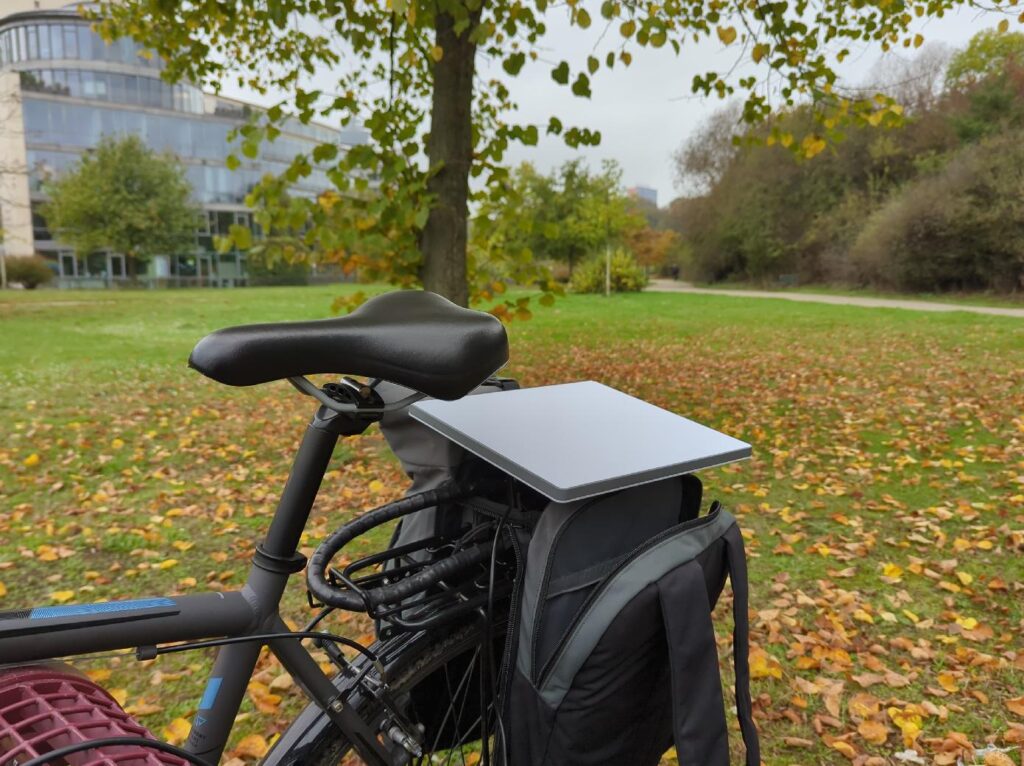
This summer, Starlink launched another hardware iteration of their terminals, the Starlink Mini. I have to admit that I only stumbled over it by accident, but I was immediately intrigued because it is significantly smaller than the Starlink terminal I tested in 2023.
Continue reading Starlink Mini – Part 1 – IntroThings That Moved Me in 2024
It’s the time of the year again to reflect on what has happened in the last 12 months and looking back, I’m happy to say that it has been an eventful year again. So let’s jump right into it.
Continue reading Things That Moved Me in 2024Anker Prime Power Bank – Simultaneous Charge and Discharge
In the previous post, I’ve had a look at the Anker Prime 200W A1336 power bank and its features. One thing I wanted to do a separate post on is the simultaneous charging and discharging feature.
Continue reading Anker Prime Power Bank – Simultaneous Charge and Discharge